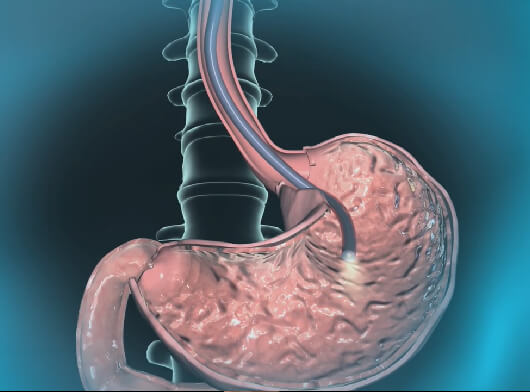
Endoscopy
Introduction
Endoscopy is a nonsurgical procedure done to examine a person's digestive tract. In this a long, thin tube is inserted into the body to observe the internal organ or tissue in detail.
Features
Endoscopes have been developed for many parts of the body. Each has its own name, depending on the part of the body it is intended to investigate, such as:
- Bronchoscope – inserted down the trachea (windpipe) to examine the lung.
- Colonoscope – inserted through the anus to examine the colon (bowel).
- Gastroscope – inserted down the oesophagus to examine the stomach.
- Read More
Indications and procedures
- Investigate symptoms- Nausea, vomiting, abdominal pain, difficulty swallowing and gastrointestinal bleeding.
- Diagnose - Anaemia, bleeding, inflammation, diarrhoea or cancers of the digestive system.
- Read More
Advantages
- No scar – as a natural body opening is used.
- Quick recovery time.
- Less time in hospital.
